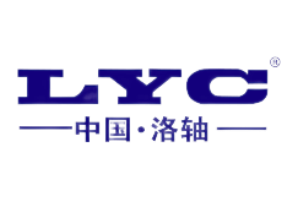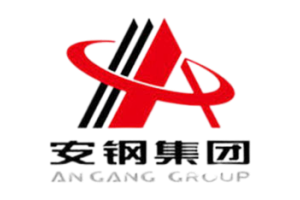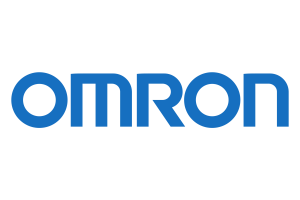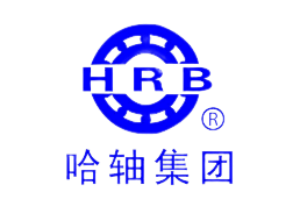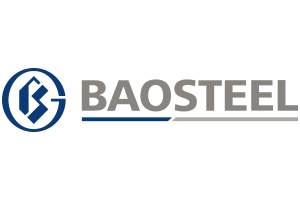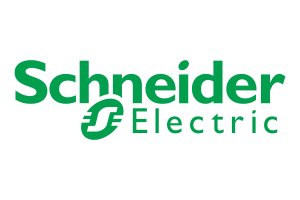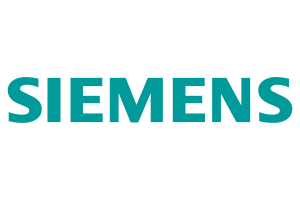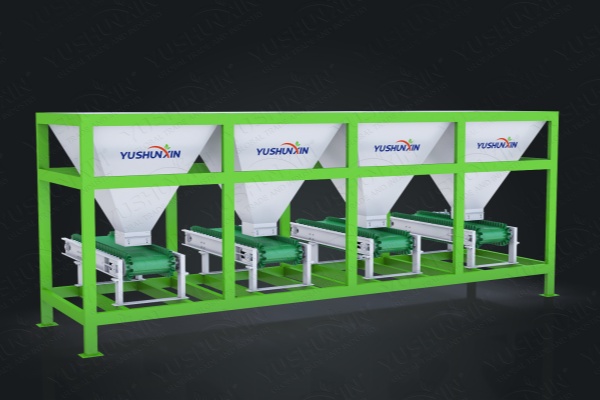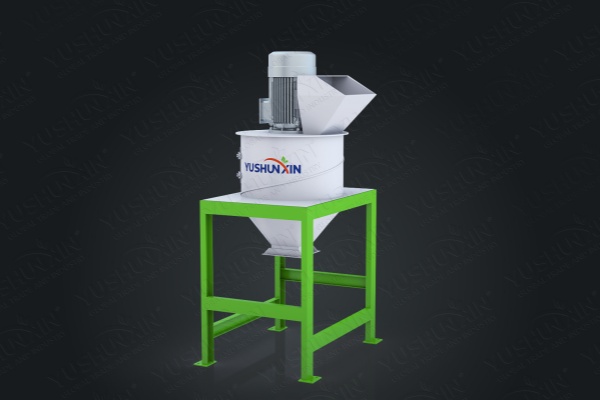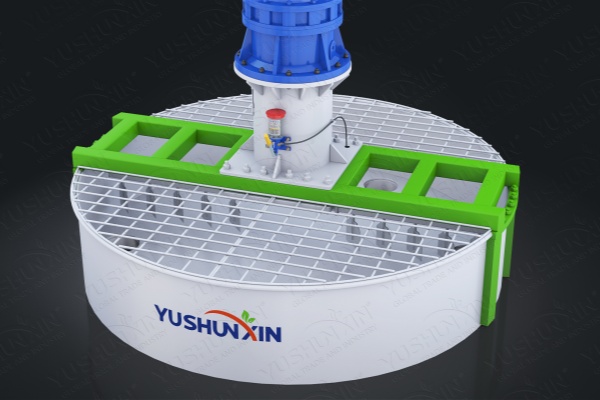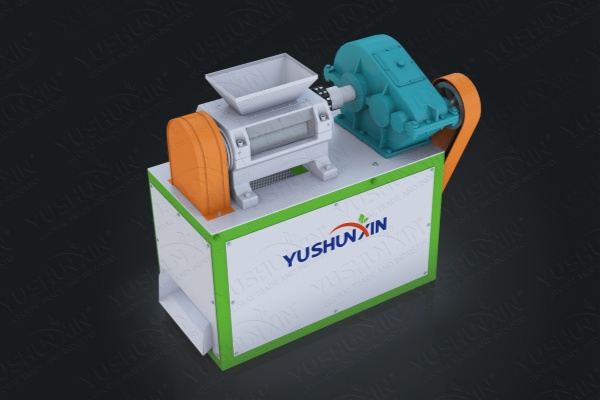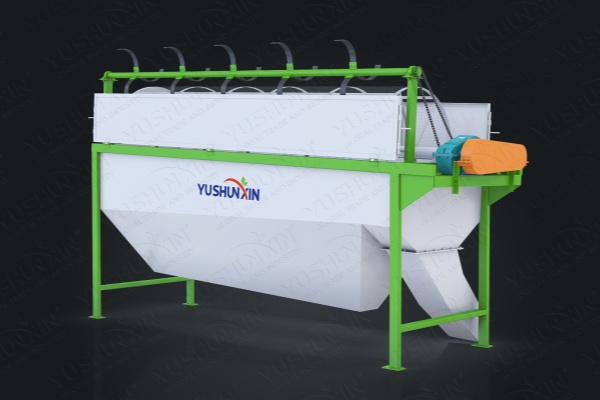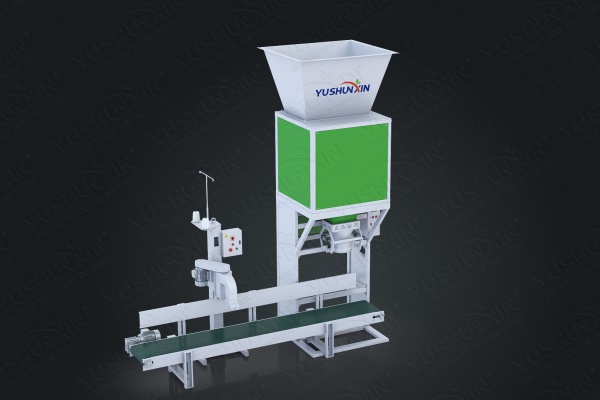1. What Is The Basic Principle?
The fertilizer roller granulator machine operates on the principle of compaction and granulation. Moreover, through the application of pressure, raw materials are compacted into dense masses, which are then broken down into uniform granules. Besides, this process occurs without the use of additional moisture, making it ideal for producing dry fertilizer granules.
2. How Does The Extrusion Process Occur?
During operation, the granulator press roller machine utilizes counter-rotating rollers to exert pressure on the raw materials. Then, this pressure forces the materials to pass through the narrow gap between the rollers, resulting in compaction. As the compacted material exits the rollers, it undergoes further processing to form granules of the desired size and shape.
3. What Are The Key Components?
Key components of the roller granulating machine include the extruder, which places the counter-rotating rollers, and the feeding system, responsible for delivering raw materials to the extrusion zone. Additionally, the granulation chamber and discharge system play crucial roles in shaping and collecting the formed granules.
4. What Are the Advantages of Dry Granulation?
Dry granulation offers several advantages over traditional wet granulation methods. By eliminating the need for additional moisture, it reduces production costs and energy consumption. Moreover, dry granulation minimizes the risk of material degradation and contamination, resulting in higher-quality granules.
5. What Are Applications of Press Roller Machine?
Dry roller press granulators find application in various industries, including fertilizer production, chemical manufacturing, mining processing, and food processing. In addition, they are particularly suitable for producing granular products with specific size and density requirements, making them indispensable in modern manufacturing processes.

